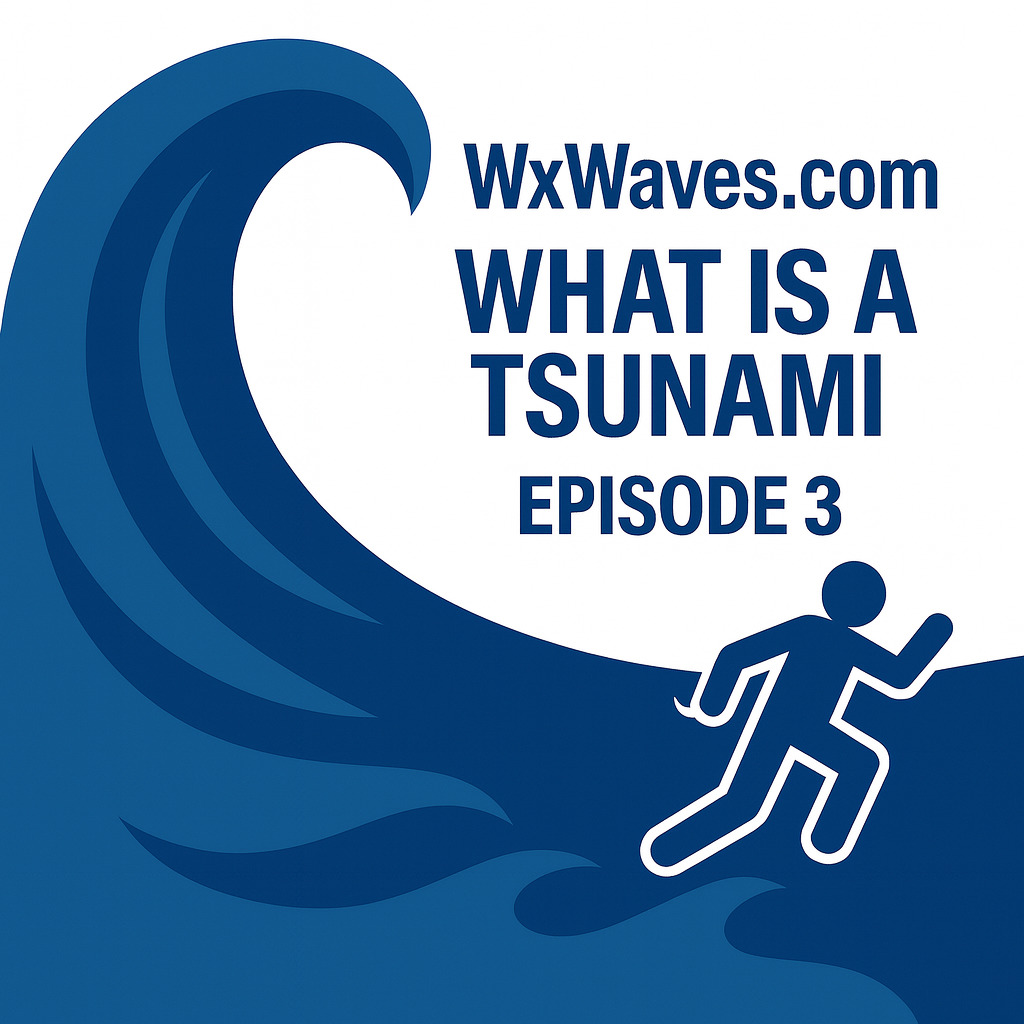
What is a Tsunami?
Tsunamis are powerful ocean waves triggered by earthquakes, landslides, volcanoes, or storms. They can travel unnoticed across deep seas but cause devastating flooding and currents when reaching shore. This episode explores their causes, impacts, and how warning systems and preparedness can save lives.
Summary
Tsunamis are powerful series of waves caused by sudden disturbances in the ocean, most often from undersea earthquakes, but also from landslides, volcanic eruptions, and even intense storms. While they may travel unnoticed across deep oceans, these waves grow in height as they approach shorelines, bringing destructive flooding and currents. History shows their devastating impact, from the 2004 Indian Ocean tsunami that claimed over 230,000 lives to countless smaller but still damaging events around the world. NOAA’s monitoring systems, including tsunami buoys, coastal gauges, and global warning centers, work around the clock to detect and issue alerts. Combined with local preparedness programs and modern tools like iAlert.com, these efforts aim to safeguard communities. Recognizing natural warning signs such as strong ground shaking, a sudden retreat of water, or a roaring ocean remains critical for survival.
Timeline
Sources
- ⬇️ NOAA What is a Tsunami